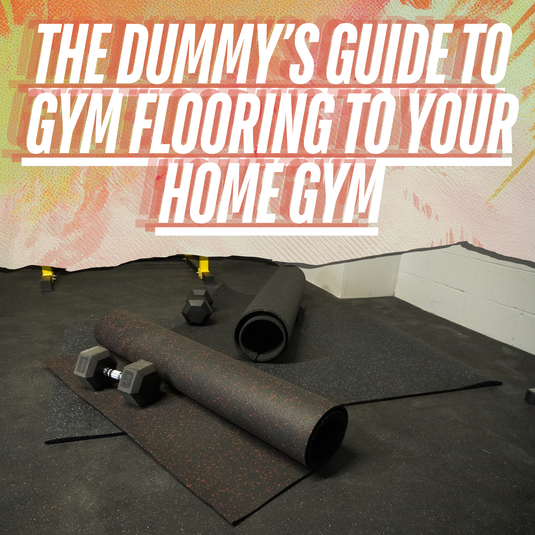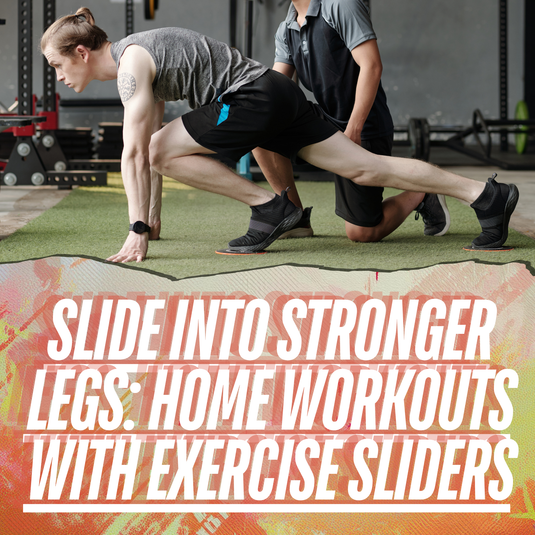How to Do Resistance Band Bicep Curls for Maximum Strength and Size

How to Do Resistance Band Bicep Curls for Maximum Strength and Size
Estimated Read Time: 6 minutes
Estimated Read Time: 6 minutes
TL;DR
- Step on the band and hold both ends for a standard curl or vertical grips for a hammer curl.
- Keep abs engaged, knees slightly bent, and shoulders down/back.
- Elbows stay tight to your sides; don’t let them drift behind you.
- Chest proud, wrists straight, and curl with control.
- Use either grip style to vary muscle engagement and comfort.
Summary
Standing resistance band bicep curls are a portable, joint-friendly way to build arm strength and definition. This exercise works in small spaces, requires minimal equipment, and allows for multiple grip variations to target both the biceps brachii and brachialis. Proper form — from core engagement to elbow positioning — ensures maximum muscle activation while keeping your joints safe.
Benefits
- Portable and convenient: Bands fit in any bag and work anywhere.
- Joint-friendly resistance: Tension increases gradually, easing stress on elbows.
- Customizable intensity: Change stance or band thickness to instantly adjust load.
- Targets multiple muscles: Standard grip emphasizes biceps brachii; hammer grip hits brachialis and forearms.
Step-by-Step Instructions
1) Standard Standing Curl
- Step on the middle of the band with feet hip-width apart.
- Hold one end in each hand, palms facing forward.
- Slight bend in knees and hips, abs engaged, shoulders down/back, chest proud.
- Curl hands toward shoulders, elbows pinned to your sides.
- Lower slowly and repeat.
Hammer Curl Variation
- Grab the vertical part of the band instead of the horizontal.
- Palms face each other throughout the curl.
- Maintain the same posture and elbow position as in the standard curl.
- Emphasizes the brachialis and forearms, reduces wrist rotation.
Coaching Cues
- “Abs tight, ribs down — no arching your lower back.”
- “Elbows locked to your sides like hinges — they don’t drift.”
- “Shoulders down, chest proud, chin neutral.”
- “Control the lowering — don’t let the band snap.”
Form Tips
- Keep your stance stable; uneven footing creates uneven resistance.
- Pause briefly at the top to fully engage the biceps.
- Lower over 2–3 seconds to increase time under tension.
Common Mistakes
- Elbows drifting behind the body during curls.
- Using momentum or leaning back to lift the band.
- Allowing shoulders to shrug or roll forward.
- Curling wrists instead of moving only at the elbow.
Programming & Progressions
- Beginners: 2–3 sets of 12–15 reps, light to moderate tension.
- Muscle growth: 3–4 sets of 8–12 reps, moderate to heavy tension.
- Strength focus: 4–5 sets of 6–8 reps, heavy band, slow lowering phase.
- Progress by using thicker bands, widening your stance, or slowing your tempo.
- Alternate between standard and hammer curls to hit both bicep heads and forearms evenly.
FAQs
+ Should I do the standard curl or hammer curl?
Both have benefits — standard curls emphasize the biceps brachii, while hammer curls target the brachialis and forearms. Alternate for balanced development.
+ How many times per week should I do them?
2–3 sessions per week with at least 48 hours rest between for the same muscle group.
+ Can I combine these with dumbbell curls?
Yes. Bands can be used for warm-ups, finishers, or as a joint-friendly alternative to dumbbells.
+ Are resistance band curls good for elbow health?
Often yes — the variable resistance is easier on joints. Use a neutral grip and control the movement for best results.










